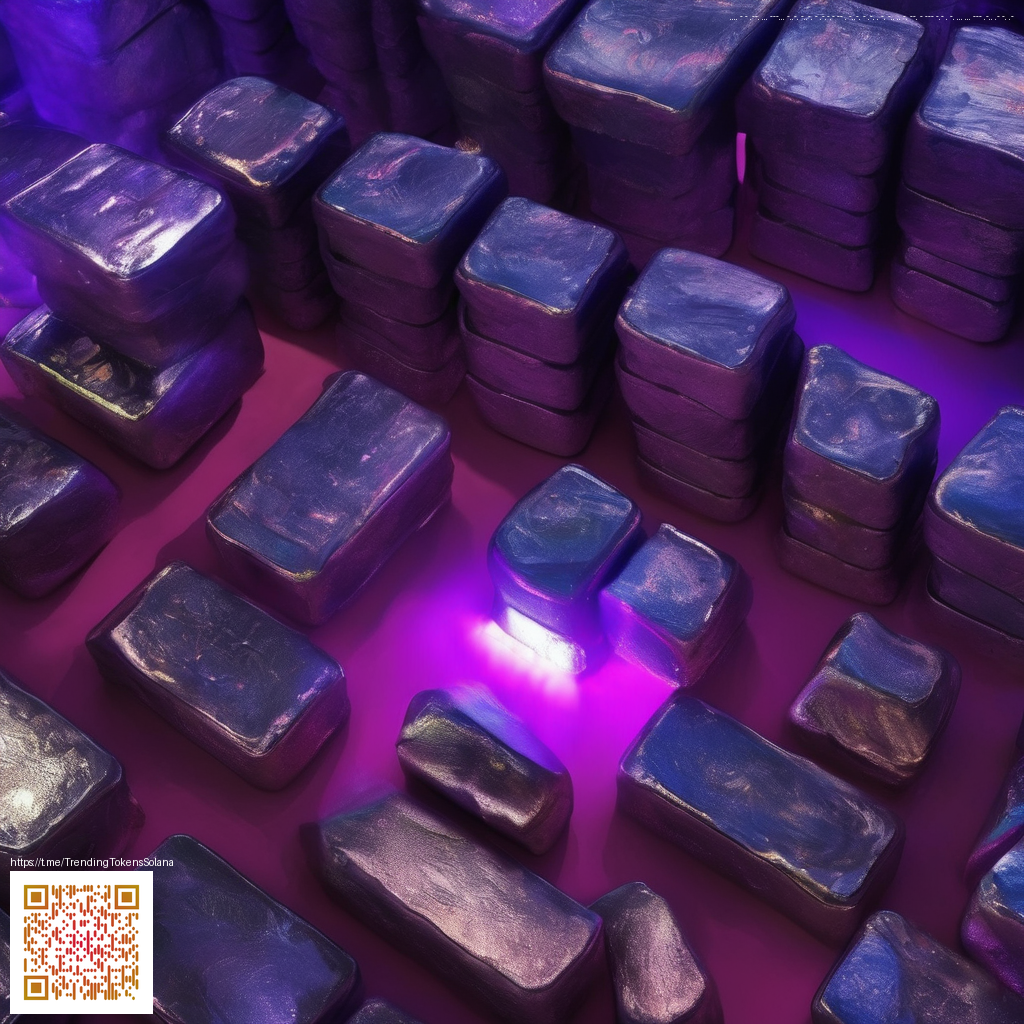
Texture overlays for photographers: quick techniques
Texture overlays are one of the most accessible ways to add depth, mood, and tactile presence to your images. They aren’t about obscuring the subject; they’re about weaving a subtle layer of character that your viewers can feel. Whether you shoot portraits, product, or landscape, a well-chosen overlay can shift the entire vibe of a scene—from gritty street energy to soft, painterly atmospherics. The key is to approach overlays as a creative instrument, not a filter.
In practice, overlays work best when they honor the geometry of your shot. A grainy film texture will feel right on a high-contrast black-and-white portrait, while a delicate linen pattern might enrich a product shot without stealing focus. The aim is to complement the scene, not compete with it. For photographers who regularly shoot on the go, a compact, well-curated toolset matters. For example, a ready-to-go mobile companion like the Neon MagSafe Card Holder Phone Case can help you keep essentials handy during field testing and quick edits—you can learn more about it here.
If you’d like to see how other creators integrate textures into their work, you can explore the broader guide at this resource: the original texture-overlay guide. It’s a handy reference for choosing textures that align with your color grading and subject matter.
Choosing the right texture for each shot
The first rule is scale. A texture that’s too dense or too large will overwhelm your subject. Aim for subtle repetition that unfolds as a second skin over the image. Next, consider the tonal range. A texture with mid-tones works well for most scenes, while high-contrast textures can accentuate drama or add edge to a bold lighting setup. Finally, harmonize color. If your image leans warm, lean toward textures with warm undertones or neutral grays that won’t clash with your palette.
Tip: Start by applying a texture at a low opacity (around 10–25%) and build up in small increments. Blend modes like Overlay or Soft Light often yield the most natural integration, especially when you match the texture’s strength to the image’s contrast.
Quick DIY textures to try
- Gauze or fabric weave: soft, tactile warmth for portraits and still lifes.
- Bubble wrap: playful, dynamic speckling that works well with bright light.
- Waxed paper or parchment: subtle grain that resembles vintage film.
- Plastic wrap with controlled lighting: organic, cloudy highlights that add depth.
- Metal foil or crinkled foil: angular reflections for dramatic scenes.
When you’re starting out, assemble a small “texture kit” with a handful of these materials. Shoot quick test frames under your typical lighting conditions, then compare how each texture behaves with your chosen color grade. Remember, the texture is a collaborator—its success depends on how well it supports the narrative of the image.
For handheld workflows, you can keep texture samples handy on your phone and apply them in post while you review on location. If you’re exploring texture overlays for mobile-first editing, a compact case like the Neon MagSafe Card Holder Phone Case can keep your phone accessible and your gear organized during field sessions. Neon MagSafe Card Holder Phone Case offers a simple way to stay ready as you scout textures in the field.
As you build your own library of overlays, document what works with different subjects. A quick note on your workflow—capture a few baseline images, then layer your textures in a non-destructive editor. This approach makes it easier to adjust intensity, opacity, and blend mode without risking your originals.
Curiosity pays off here: the more you experiment with texture, the more you’ll understand how lighting, color, and subject interact. A texture that feels distracting in one image may feel essential in another, once the mood shifts. The art lies in balancing subtlety with personality; you’re aiming for a whisper of texture that enhances the story rather than shouting over it.